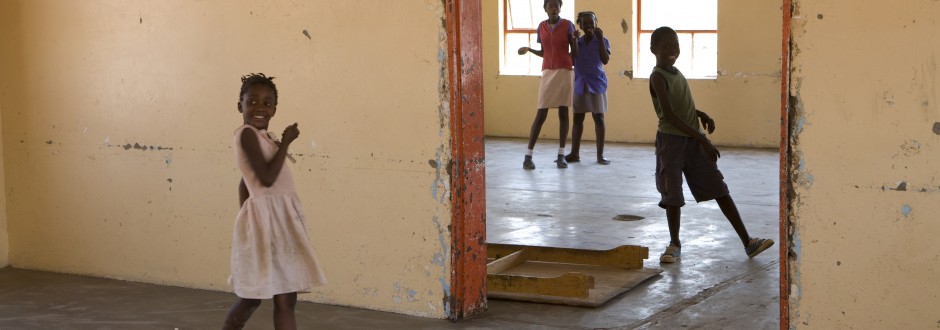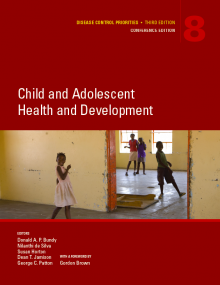Child and Adolescent Health and Development

Copyright: © John Hogg/World Bank. Further permission required for reuse

"A key message of this volume is that human development is a slow process; it takes two decades— 8,000 days—for a human to develop physically and mentally. We also know a proper education requires time. So the world needs to invest widely, deeply, and effectively— across education, health, and all development sectors—during childhood and adolescence. And while individuals may have 8,000 days to develop, we must mobilize our resources today to secure their tomorrow."
School Feeding Edition
Re-Imagining School Feeding: A High Return Investment in Human Capital and Local Economics brings together the key chapters from Volume 8 that focus on the latest child-centered evidence showing how well-designed school feeding programs can promote human capital development in low- and middle-income countries.
Download the school feeding edition here
News and Events
"Optimizing Education Outcomes draws on the latest evidence and analysis available in volume 8, Child and Adolescent Health and Development of Disease Control Priorities, third edition (DCP3). It makes clear the synergies between education and health investments and outcomes.
DCP3, The Partnership for Child Development (PCD), and the China Development Research Foundation (CDRF) co-hosted a country round table meeting to discuss key policy issues around child and adolescent development from a national perspective. Held in Beijing, China, the round table meeting brought...
Dr. Donald Bundy, lead editor of the DCP3 Child and Adolescent Development volume, addressed the 34th Annual Meeting of the European Society for Paediatric Infectious Diseases (ESPID) as the keynote speaker in Brighton, UK on May 10 2016.
To obtain copies of Child and Adolescent Health and Development:

Download the entire volume from The World Bank
Purchase copies of the volume from Amazon.
Volume citation: Bundy, D.A.P., N. de Silva, S. Horton, D.T. Jamison, and G.C. Patton, editors. 2017. Child and Adolescent Health and Development. Disease Control Priorities (third edition), Volume 8. Washington, DC: World Bank.











Education Edition
A new compendium - Optimizing Education Outcomes: High-Return Investments in School Health for Increased Participation and Learning - brings together the key chapters from Volume 8 that focus on the global education sector and that provide up-to-date evidence to inform decision making for better education outcomes.
Download the education edition here